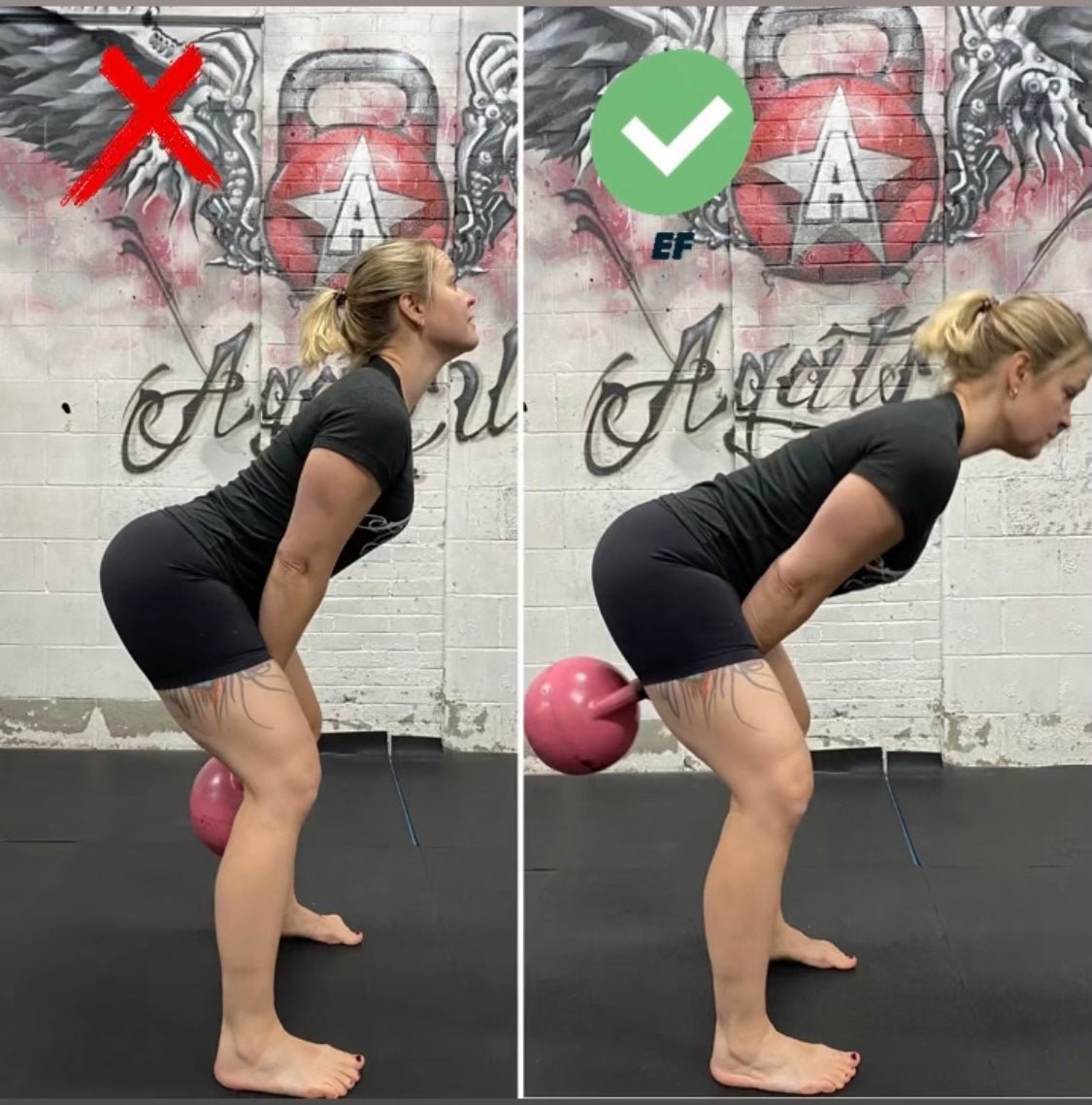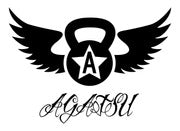
Does Your Back Hurt When You Swing?
At a recent kettlebell instructor's course, we had a student tell us that her old trainer told her that back pain was part of learning kettlebells and that she should just get used it.
This is absolutely not true! Swinging a kettlebell is a great posterior chain exercise, that targets the glutes, hamstrings, feet and core. It will help you develop explosive power, cardiovascular health and is relatively low impact in your joints. But there are some basics that need to be covered first in order to be safe in the swing.
Some clients may not be ready to swing a kettlebell just yet, and will need extra stability and mobility exercises to be safe. The nature of the swing comes from a romanian deadlift. Spinal posture as well as intra abdominal pressure (IAP) must be addressed first.
Here we will take you though one of our favourite ways to address your posture during a hinge position
THE DOWEL DEADLIFT.
Perform this exercise as a teaching tool and primer before you lift. It should be done slowly and mindfully. Be sure to pause and address any time your spine may break position. This is also a two for one assessment. You will notice that we are also testing out shoulder range of motion for overhead positions (Flexion Abbduction, External Rotation) and extension positions (Extension, Adduction, Internal Rotation). Note that if you have trouble placing your hands on the stick, you should perform this with a partner holding the stick, instead of breaking your 3 Point Stack. Don't worry I'll be back next week to discuss how to improve your shoulder range of motion in these two positions.
Once you have build awareness in your spinal position for the deadlift, you now must address keeping your spine stable while moving load. We like to use an exercise called BEAR HOLD. This exercise is will help you feel where you should be bracing and maintaining IAP as you move.
Try to perform 3 sets of 10 reps. Once that is easy you can treat this like any other plank, holding for 30-60 seconds at a time. Be careful not to hold your breath here but rather focus on full diaphragmatic inhale and using an 'S' exhale to slow down and create more IAP.
Hope these exercises help you understand more about how to swing safely. Exercises on their own are not inherently dangerous, but if you are moving without awareness and proper preparation, you could be heading towards injury instead of your goals.
If you would like to learn more about training with kettlebells, or how to increase your mobility, check out one of our upcoming courses.
If you have a questions, don't be shy we are here to help. Drop us a comment below!
Happy Swinging!

Leave a comment